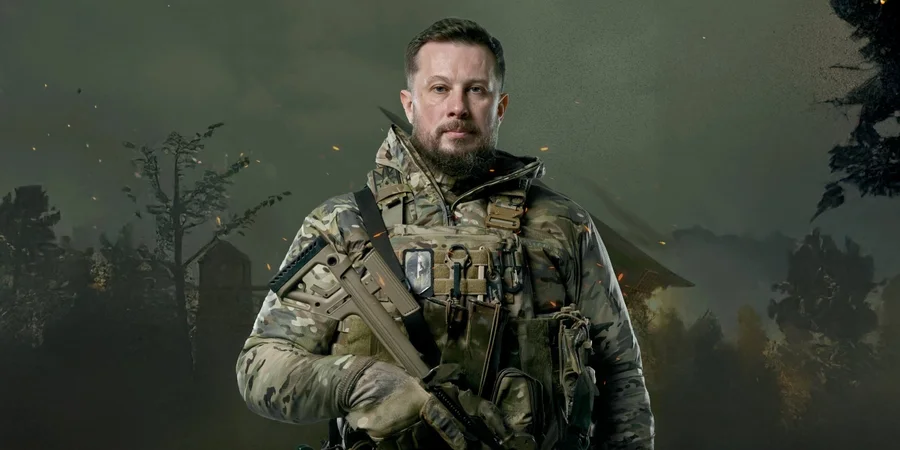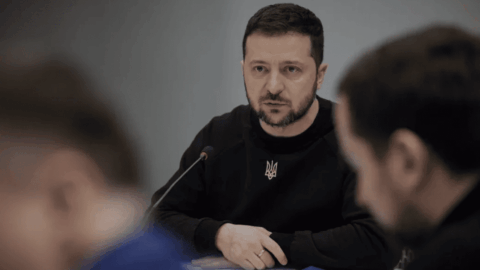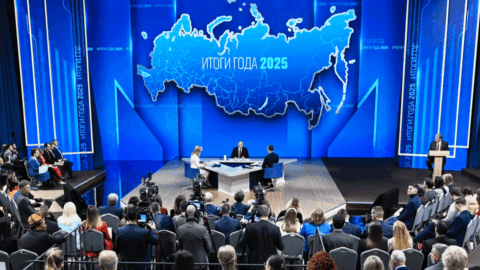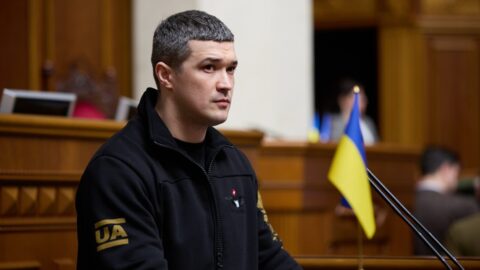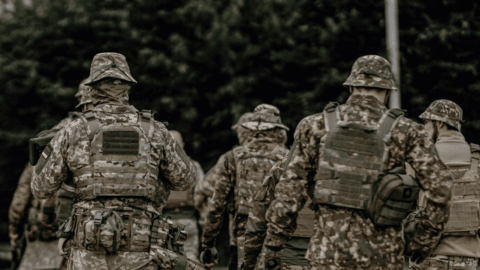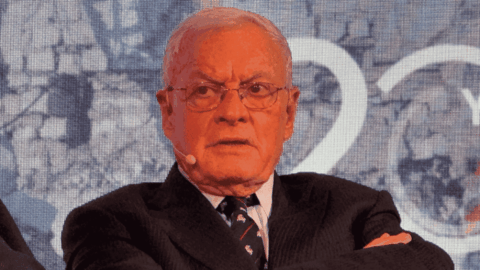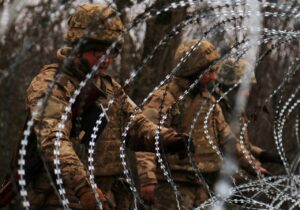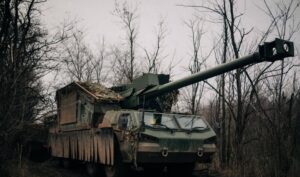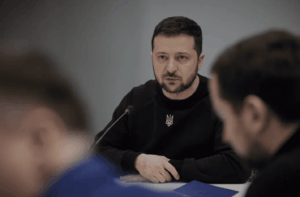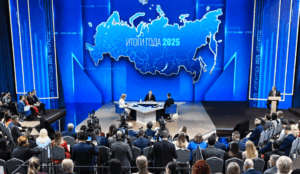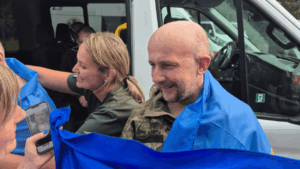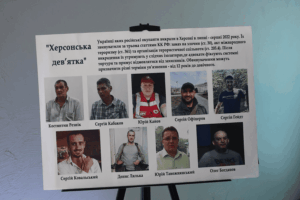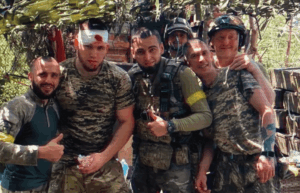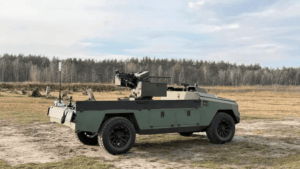In an unprecedented display of resilience and endurance, a single Ukrainian brigade is currently responsible for holding approximately 5% of the entire line of active combat.
While Ukraine’s defensive lines stretch for over a thousand kilometers, sources within the Armed Forces confirm that this one brigade, fighting under relentless enemy pressure, has withstood weeks of near-continuous assaults.
Yuriy Butusov reveals.
On the first results of the combat operations of the 3rd Army Corps
I had been writing about the need to create army corps for three years, and I am closely following how their formation is impacting the situation at the front, since the main cause of our losses is not the enemy’s skill, but systemic problems in the organization and command of our troops.
That is why it is important to look at the changes that have taken place in the sector of the 3rd Army Corps, commanded by Colonel Andriy Biletskyi, as this corps was among the first to be deployed and took responsibility for its sector on June 4, in an extremely critical situation.
According to open sources, the corps’ sector covers approximately 120 kilometers along the Oskol River line. In this direction, our troops are being attacked by the 20th and 25th Combined Arms Armies of the Russian Armed Forces, reinforced by separate units of the 1st Tank Army. The 1st Tank Army and the 20th Army belong to the Moscow Military District and have the best supply and replenishment.
From January 1 to June 4, 2025, in the sector held by our two infantry brigades — the area where, according to the DeepState map, the enemy achieved its deepest advance — Russian occupiers captured 198 square kilometers.
On June 4, the entire front line in that sector, including those two brigades, was placed under the command of Biletskyi. In the month and a half since then, during June and July, the enemy managed to seize 16 square kilometers, but as a result of counterattacks, the 3rd Corps recaptured 8 square kilometers. At the moment, the situation remains difficult — several of our positions are encircled — but all attempts by the three Russian armies to break through the front have been repelled.
And now the most important part — our losses. I have detailed information, and when it comes to irrecoverable losses, the statistics show that the average monthly losses have decreased by about half compared to the “pre-corps” period. This is in reference to the average monthly losses from January 1 to June 4.
And this improvement came despite an increase in combat intensity in June.
Perhaps the 3rd Corps received significant reinforcements? No — the reinforcements in the brigades have been minimal and fall far short of compensating for the losses.
Perhaps the 3rd Corps was given funding to purchase drones, or mass deliveries began? No — the 3rd Corps fights with 90% of its drones purchased through donations from patrons and contributions from the people.
Maybe they’re being given a lot of ammunition? No — compared to the Donetsk direction, they’re getting less.
So what has changed?
1. The 3rd Assault Brigade, which has become the backbone of the corps, is doing the incredible — it has stretched across a 60 km front (!) This is an absolute record for the war. One brigade and three attached battalions are holding 5% of the entire front of active combat, and 50% of the entire corps’ front. At the same time, corps-level command and subordinate units are being deployed through the 3rd Assault Brigade’s structure.
2. The corps command has changed its defensive tactics across the entire sector. Reckless engagements and continuous unprepared counterattacks for the sake of showy reports have been stopped. Chaos on the frontline has disappeared — units are now being deployed in an orderly manner. Coordination and the organization of reconnaissance and firepower are being systematically improved.
3. Biletskyi has broad authority to promote commanders under his responsibility. This level of trust from higher command allows for the rapid scaling of successful models of organization and leadership. As a result, dishonesty in situation reports between commanders at all levels within the corps has disappeared, and coordination has improved. All positions that are currently encircled remain in contact – including with the corps command – and efforts are being made to support and rescue the personnel there.
4. Each brigade has begun receiving – still very small, but regular – resupply of personnel and ammunition, which previously might not have arrived for months. Now brigade commanders can at least count on something and make plans. Brigades have also stopped being broken up into small groups to plug gaps in neighboring units’ sectors.
Conclusions
1. Andriy Biletskyi has proven that a competent commander of a capable brigade — if given the authority to independently organize operations and at least minimal trust and support from leadership — can significantly improve combat effectiveness over a large stretch of the front within just two months.
2. It suddenly turns out that if corps command organizes the defense properly, controls the frontline, and builds an integrated system for operating UAVs, artillery, and all types of reconnaissance, there is no need to plug gaps in the front with masses of troops or wear down battalions in search-and-strike missions through scorched forest lines. Russian assault groups can simply be systematically eliminated — with our losses 7–10 times lower than the enemy’s.
3. The effectiveness of the 3rd Corps is also helped by the fact that all its brigades operate within a single sector. Unfortunately, some of our corps are split up, with individual brigades assigned to different directions and subordinate to other commands — preventing the corps from playing a stabilizing role or improving the situation.
4. The primary reason for the continued Russian offensive is, first and foremost, the issues in command and organization of our forces. The deployment and strengthening of corps, elimination of tactical groups, trust in corps commanders, their independent responsibility in staffing decisions, and scheduled monthly reinforcement with personnel, drones, and ammunition would quickly improve the situation on any part of the front, reduce our losses, and increase enemy casualties.
Tags: 3rd Army Corps 3rd Assault Brigade Andriy Biletskyi front line record Oskol River front russia - ukraine war Russian attacks Ukraine war resistance
